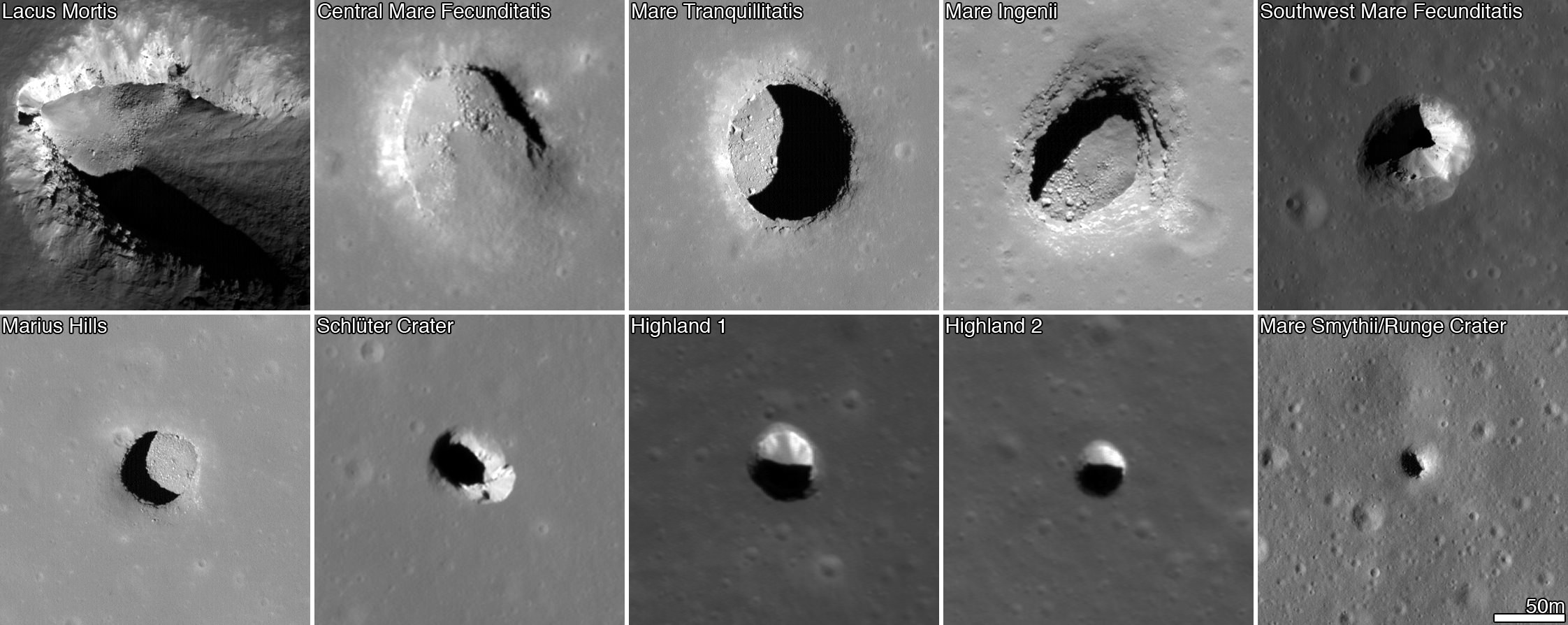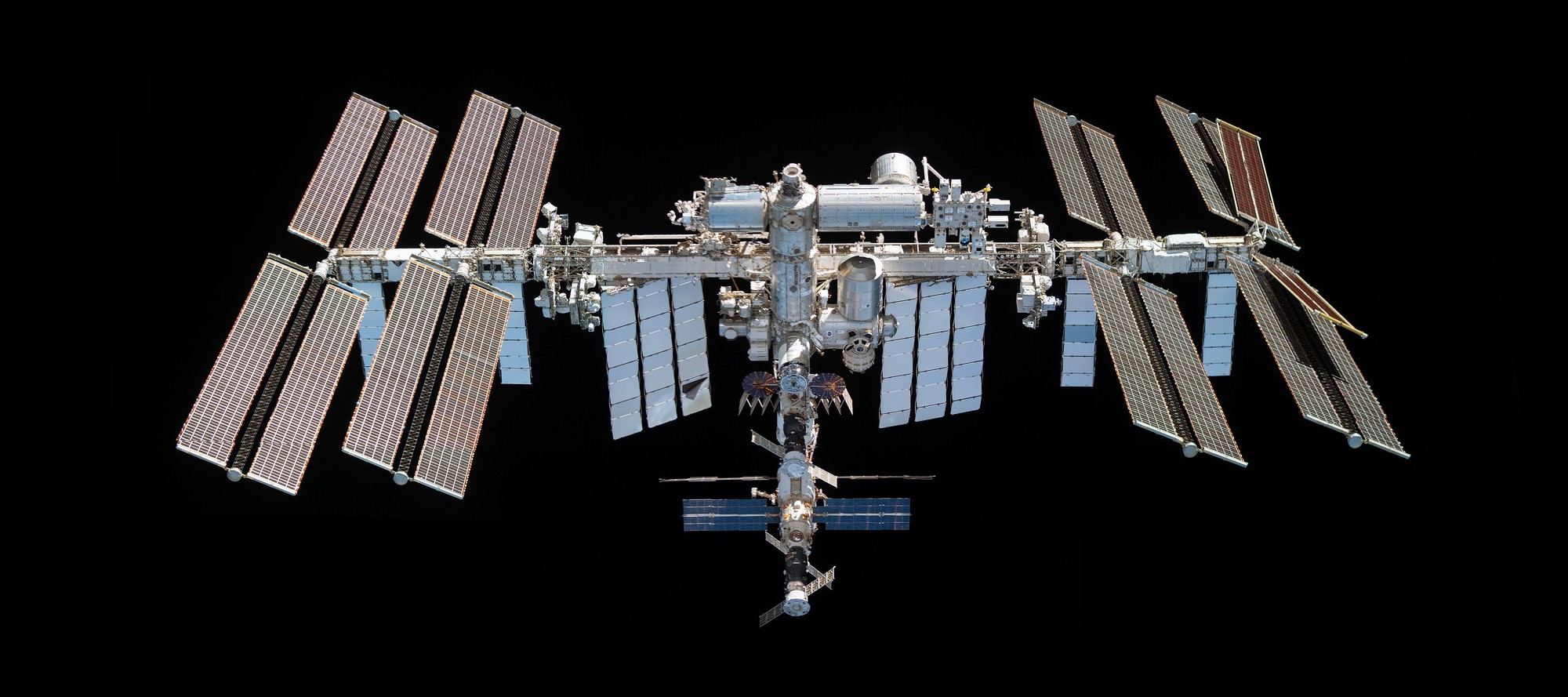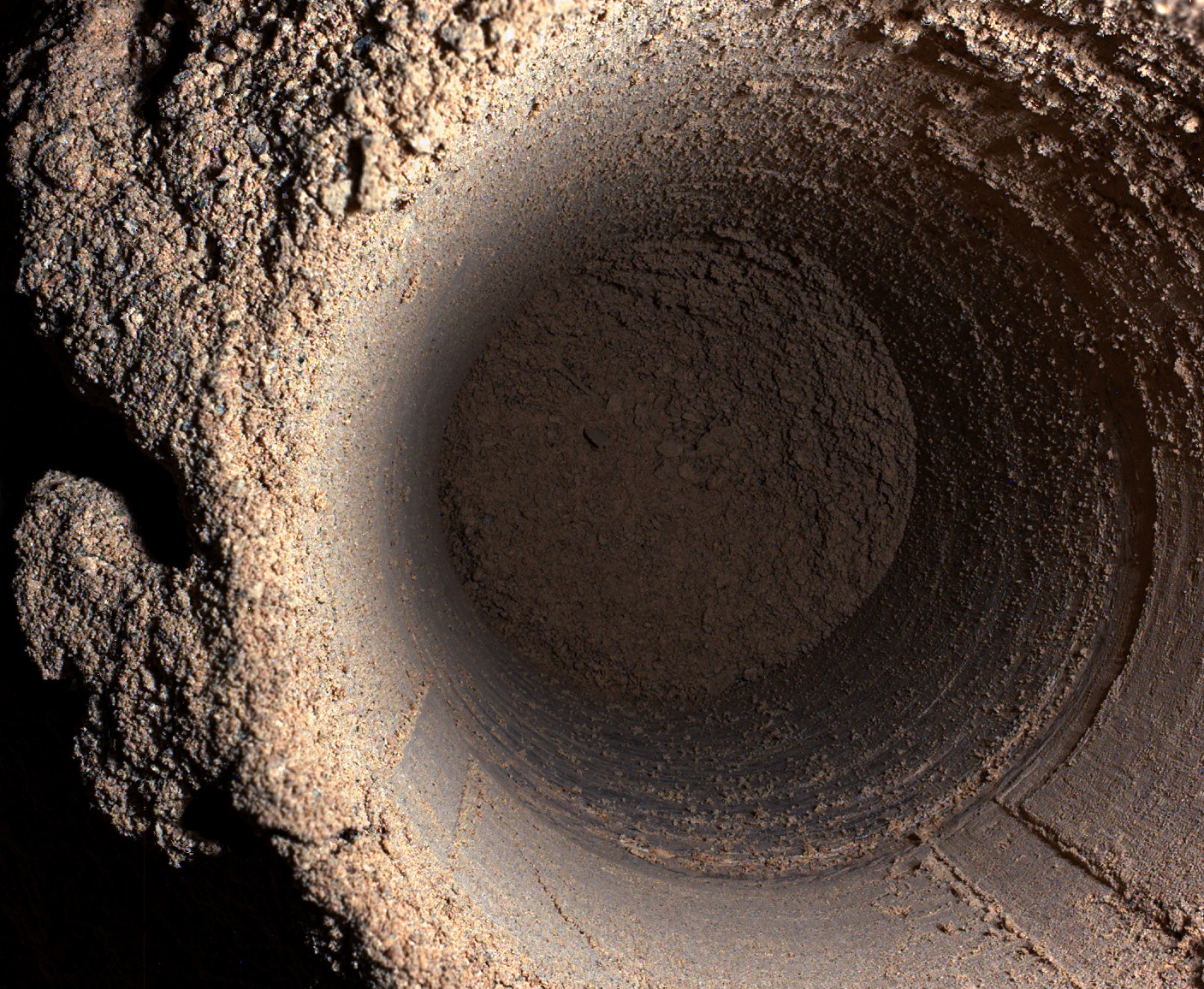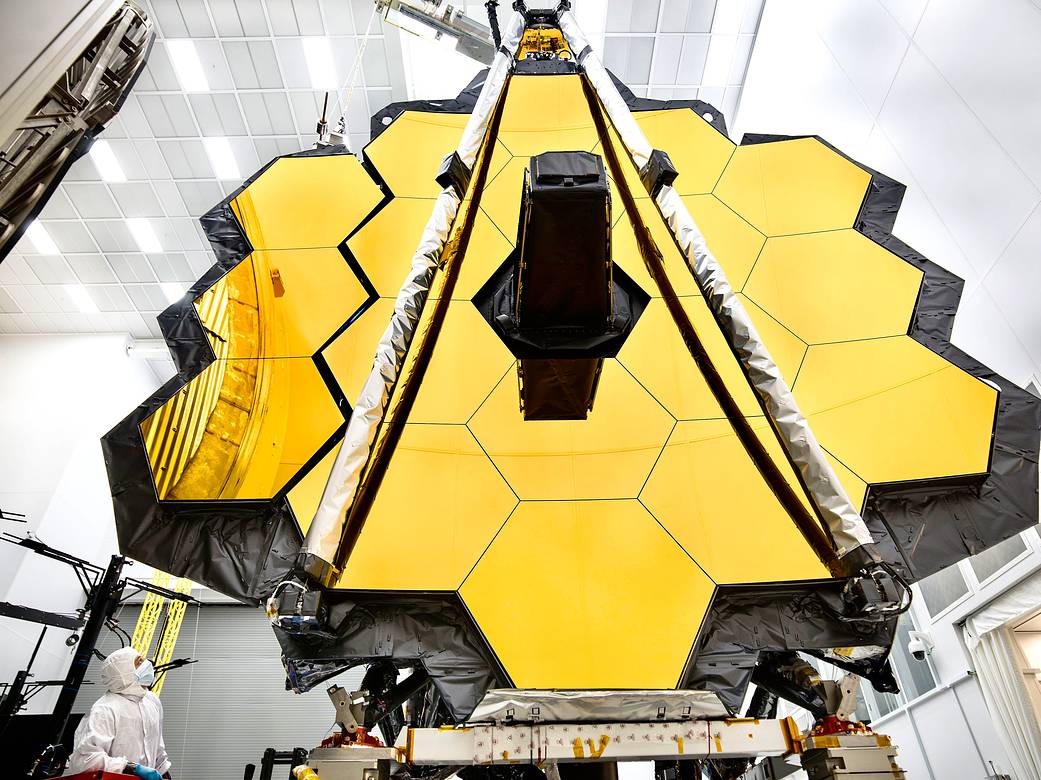Searching for a comfortable place to set up a research station on the Moon? Look no further than the interior parts of lunar pits and caves. While lack of air will be an issue, new research indicates these underground sanctuaries have steady temperatures that hover around 17 Celsius, or 63 Fahrenheit, even though the Moon’s surface heats up to about 127 C (260 F) during the day and cool to minus 173 C (minus 280 F) at night.
Continue reading “Lava Tubes on the Moon Maintain Comfortable Room Temperatures Inside”Lava Tubes on the Moon Maintain Comfortable Room Temperatures Inside










